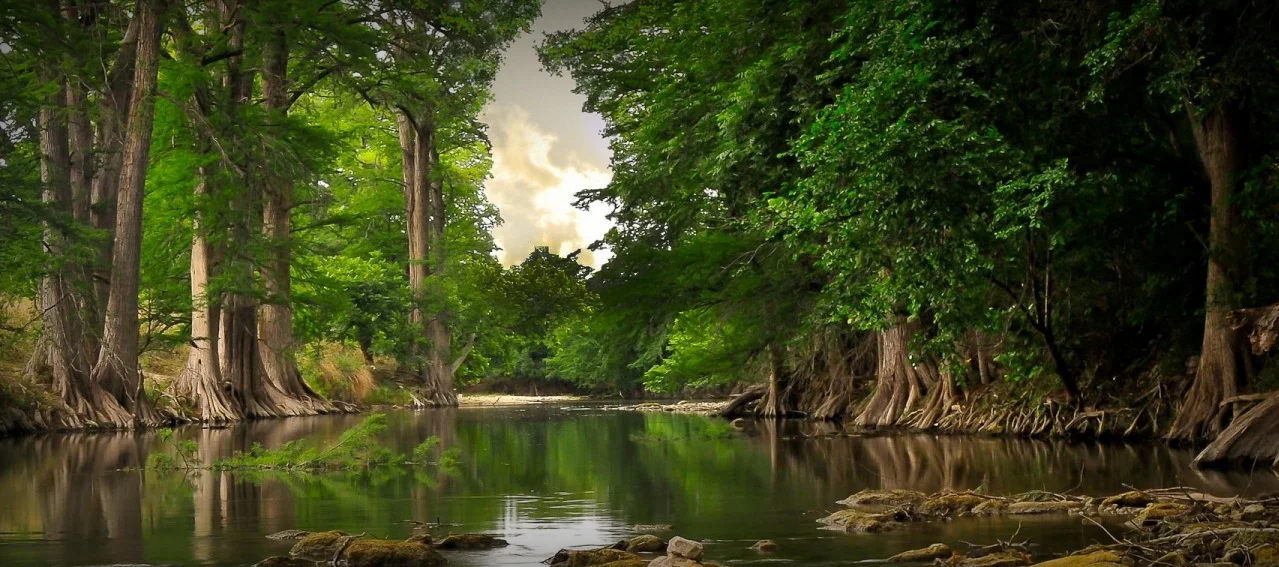When it comes to evergreens, you cannot get much more attractive than the Eastern white pine. Whereas some evergreens can have hard angles and a harsh look, the eastern white pine has longer needles and a soft, beautiful look to it. This causes it to have thick foliage so it makes an excellent ornamenting tree for the holidays. Here are some other interesting facts about the eastern white pine.
Growing
The Eastern White Pine needs conditions to be close to perfect to grow well and thrive. The best conditions are moist and fertile, as well as a little acidic and with good drainage. It thrives with a lot of sun and only a little bit of shade. Despite its need for sun, it does not do well in hot and dry soil. It also can’t handle a lot of clay or alkaline soil. These conditions can cause “white pine decline”, which causes stunted needles. It is susceptible to a fungus that can cause “white pine root decline” and “white pine blister rust disease” can be fatal. It’s also important to keep an eye out for signs of infestation by the pine shoot beetle, the pine shoot moth, and the white pine weevil.
White Pines should be kept away from the road, as road salt can damage them. Ice and snow are also dangerous. One of the most dangerous issues to consider when planting them is rust. White Pine rust can kill the tree and make the wood unusable. It’s important to keep gooseberry and wild currant bushes away from where you plant, since they can encourage rust and kill the tree.
Wood
White pine wood is amazingly strong and light, and doesn’t warp easily. Early settlers used to use the white pine for their coffins because of those features, and planted them at their new homesteads. Thus, it became the most populous tree in eastern North America. Additionally, Eastern White Pine wood was ideal for ship masts, as well as roof shingles.

